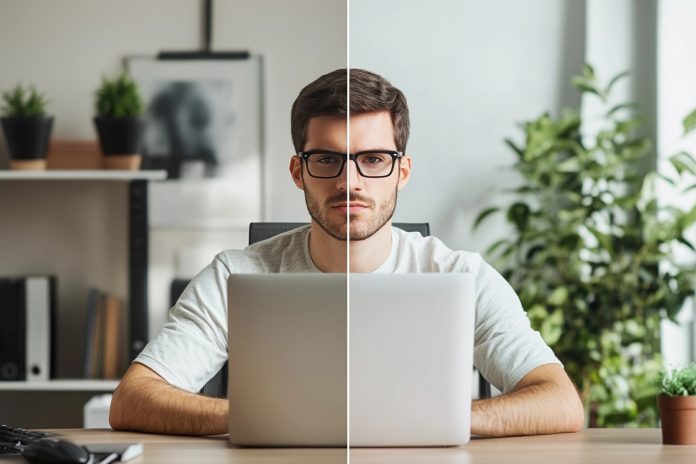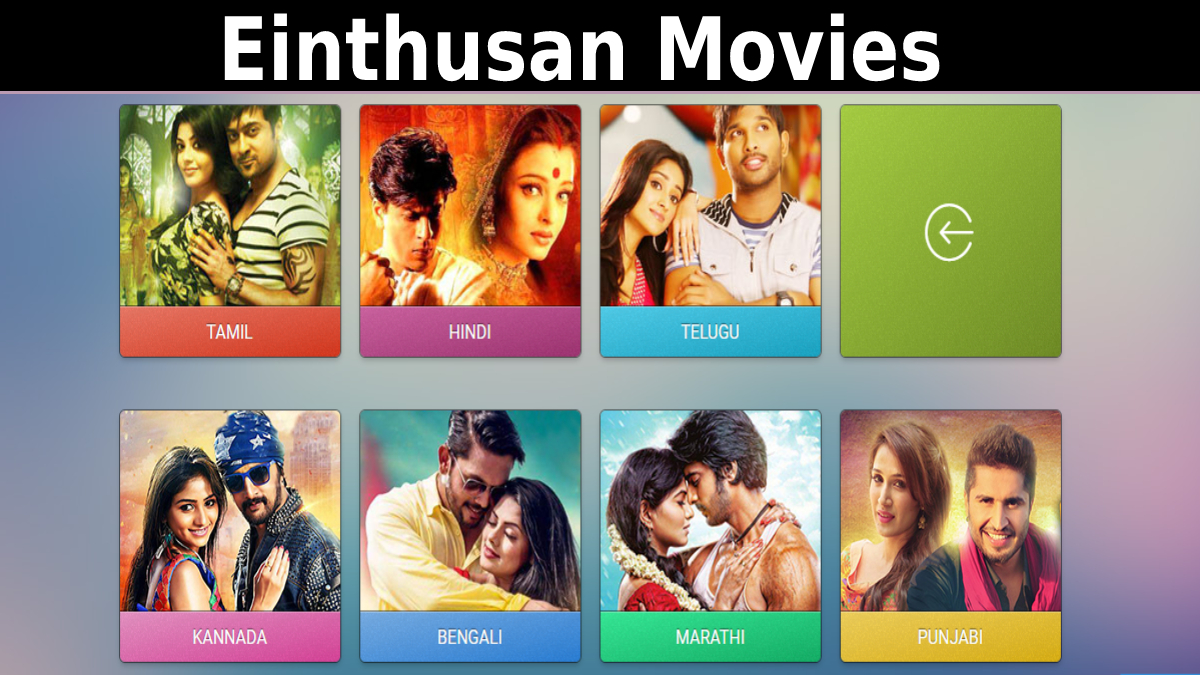In today’s digital world, spending hours in front of a computer is often unavoidable. Whether you’re working remotely, in an office, or even studying online, prolonged screen time has become the norm. However, this shift has led to a rise in complaints about digital eye strain, also known as computer vision syndrome. Common symptoms include dry eyes, blurred vision, headaches, and neck pain. Fortunately, there are simple and effective strategies you can adopt to protect your eyes and maintain visual comfort throughout your workday.
At Clinic Consultation, eye care professionals emphasize the importance of preventative eye health, especially for individuals who spend significant time using screens. Understanding how to care for your eyes and knowing when to seek professional help can drastically improve your comfort and productivity.
Recognizing the Symptoms of Digital Eye Strain
Digital eye strain occurs when your eyes get tired from prolonged use of digital devices like computers, tablets, and smartphones. Symptoms typically include dry or watery eyes, blurred vision, difficulty focusing, headaches, and sensitivity to light. These signs often worsen after extended screen use and may interfere with your ability to concentrate or perform tasks efficiently.
It’s essential not to dismiss these symptoms as minor annoyances. Persistent eye discomfort can lead to long-term issues if not addressed. If you regularly experience any of these signs, it’s wise to consult an eye specialist. The team at Clinic Consultation offers comprehensive eye exams to detect and address digital eye strain before it affects your long-term vision health.
Follow the 20-20-20 Rule
One of the most recommended and easy-to-follow strategies to combat digital eye strain is the 20-20-20 rule. Every 20 minutes, take a 20-second break to look at something 20 feet away. This habit helps relax the eye muscles and reduces the continuous focusing effort required when staring at screens.
Integrating this practice into your daily routine can significantly reduce fatigue and prevent headaches. Set reminders or use productivity apps that prompt you to pause regularly. These small breaks not only benefit your eyes but also improve your overall focus and mental well-being during long work hours.
Optimize Your Screen Setup
The way your workspace is arranged can make a huge difference in your eye health. Ensure your monitor is at eye level and about an arm’s length away. The top of your screen should be at or just below eye level to encourage a natural, comfortable gaze. Poor posture or awkward viewing angles increase strain on both your eyes and neck.
Lighting also plays a crucial role. Position your monitor to minimize glare from windows or overhead lighting. Use an anti-glare screen if necessary, and adjust your display’s brightness and contrast settings to match the lighting in the room. At Clinic Consultation, specialists can provide personalized advice for optimizing your digital workspace to support eye health.
Use Artificial Tears and Blink More Often
When staring at screens, people tend to blink less frequently, which can lead to dry, irritated eyes. Blinking spreads tears across the surface of the eye, keeping it moist and comfortable. A conscious effort to blink more often while working can help reduce symptoms of dryness and irritation.
If you’re still experiencing dryness despite increased blinking, consider using lubricating eye drops or artificial tears. These products help keep the eyes moist and relieve discomfort. Before choosing any over-the-counter solution, consult an eye specialist at Clinic Consultation to ensure the product is suitable for your condition and doesn’t interfere with other treatments or lenses.
Adjust Your Screen’s Blue Light Emission
Blue light emitted by digital screens can disrupt sleep patterns and contribute to digital eye strain. Many devices now come equipped with blue light filters or “night mode” settings that reduce blue light exposure. Using these features, especially in the evening, can help minimize strain and improve sleep quality.
You can also consider wearing blue light-blocking glasses, which are specifically designed to reduce eye fatigue caused by prolonged screen exposure. These glasses are a popular option for professionals and students who spend long hours on digital devices. Experts at Clinic Consultation can advise you on whether blue light filters or glasses are appropriate for your lifestyle and visual needs.
Schedule Regular Eye Exams
Routine eye exams are vital for maintaining good vision, especially for people who use screens extensively. An eye check-up can detect early signs of digital strain, uncorrected vision problems, or other underlying conditions that may contribute to discomfort. Regular visits to the eye doctor also ensure that your prescription, if you wear glasses or contact lenses, is up-to-date and suitable for your screen habits.
At Clinic Consultation, you’ll receive a thorough eye evaluation that includes testing for focus, visual acuity, and overall eye health. Their experienced ophthalmologists and optometrists offer tailored recommendations to protect your eyes and prevent future complications. Don’t wait for symptoms to worsen—proactive care is always the best approach.
When to See an Eye Specialist
If you’ve implemented preventive strategies and still experience frequent eye strain, blurred vision, or discomfort, it’s time to consult a specialist. You may have an underlying issue like uncorrected vision, dry eye syndrome, or even early signs of cataracts or glaucoma that need professional attention.
The eye care team at Clinic Consultation is equipped to diagnose and manage a wide range of vision-related problems. With state-of-the-art equipment and a patient-centered approach, they ensure you receive the best care for your eyes. Don’t ignore persistent symptoms—early diagnosis leads to better outcomes and protects your vision in the long run.
Conclusion: Prioritize Your Eye Health in the Digital Age
Working long hours on a computer doesn’t have to mean sacrificing your eye health. By incorporating smart habits like taking regular breaks, optimizing your screen setup, and staying on top of eye exams, you can reduce digital eye strain and maintain clear, comfortable vision. Your eyes are invaluable—protect them before problems develop.
If you’re experiencing signs of digital eye fatigue, don’t hesitate to reach out to a trusted professional. Visit Clinic Consultation to book an eye exam and get expert advice on how to care for your eyes in today’s digital world.








